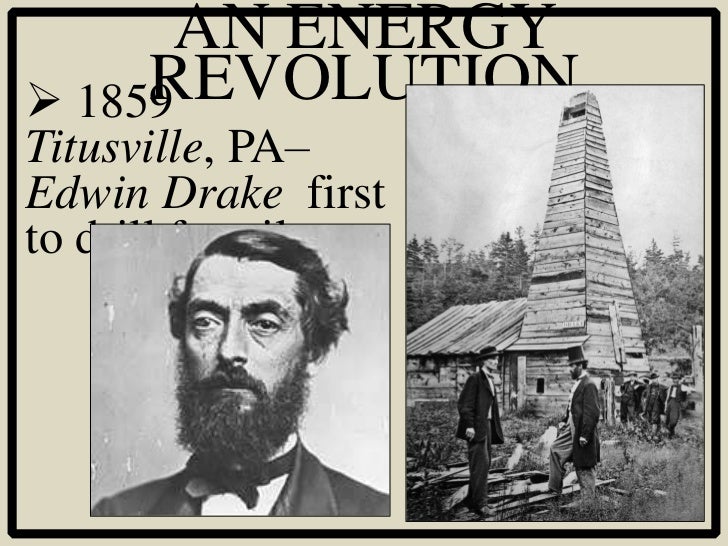
Science, and geology in particular, played crucial roles in the development of oil, natural gas, LP gas, and other byproducts. Scientific experiments also led to a new product, liquefied petroleum, otherwise known as propane and the beginning of the LP Gas Industry. These insights, combined with new developments in the technology of gas collection, led to further exploration and natural gas research, including the Leidy Natural Gas Boom in 1950.

While scientists debated his anticlinal theory for many years, White further formed his ideas by observing actual wells in West Virginia.

White lent him support and argued that gas supplies could be reached along underground structures known as anticlines, themselves caused by upheavals of gas. Foremost among these favored spots is Pittsburgh near which have been developed surprising quantity of this cheap and clean fuel." Claypoole stressed that gas could be developed for efficient and economical use. The wild speculation - the mania which marked the years 1860-1865 was repeated on a somewhat smaller scale in 18. In 1888 he became interested in natural gas as a commodity and provided the following observation: "The excitement over the wonderful supply of gaseous fuel which began about four years ago and has risen to fever-heat will form one of the most remarkable events in the history of economic geology in North America. Claypoole was an expert on the stratigraphy and rock formations in Pennsylvania. The Speechley Gas Pool Well in 1885 gave geologists one of the first opportunities to explore, as did the Murrysville Gas Well established in 1878. Science and invention led the way for the development of natural gas as a reliable fuel source. It was just a matter of time before the scale of gas industry development caught up with that of petroleum. Ten years later, developers in Erie, Pennsylvania, used wooden pipes to bring natural gas from a spring to be burned in a lighthouse. The well was drilled deeper, to about 70 feet, and produced enough gas to light Fredonia's streets and public buildings. Drilled to a depth of 27 feet, the well initially produced enough gas to light 30 burners and to illuminate a local inn. The first well dug specifically to obtain natural gas in the United States was drilled at Fredonia, on the banks of Canadaway Creek in Chautauqua County, New York, in 1821. Drake's petroleum well discovery in 1859. Experiments with natural gas supplies pre-date Edwin L. In the name of efficiency, oilmen began to explore ways of using and making money from the supplies of natural gas. Gushers attracted speculators and gained a place in the American oil culture. Wells often produced exploding spouts of oil, called gushers, caused by the underground pressure of natural gas. From the beginning of oil exploration, speculators knew that gas pockets often occurred near petroleum.
EDWIN L DRAKE INVENTION SERIES
A derrick is connected to a metal tank by a series of pipes.


 0 kommentar(er)
0 kommentar(er)
